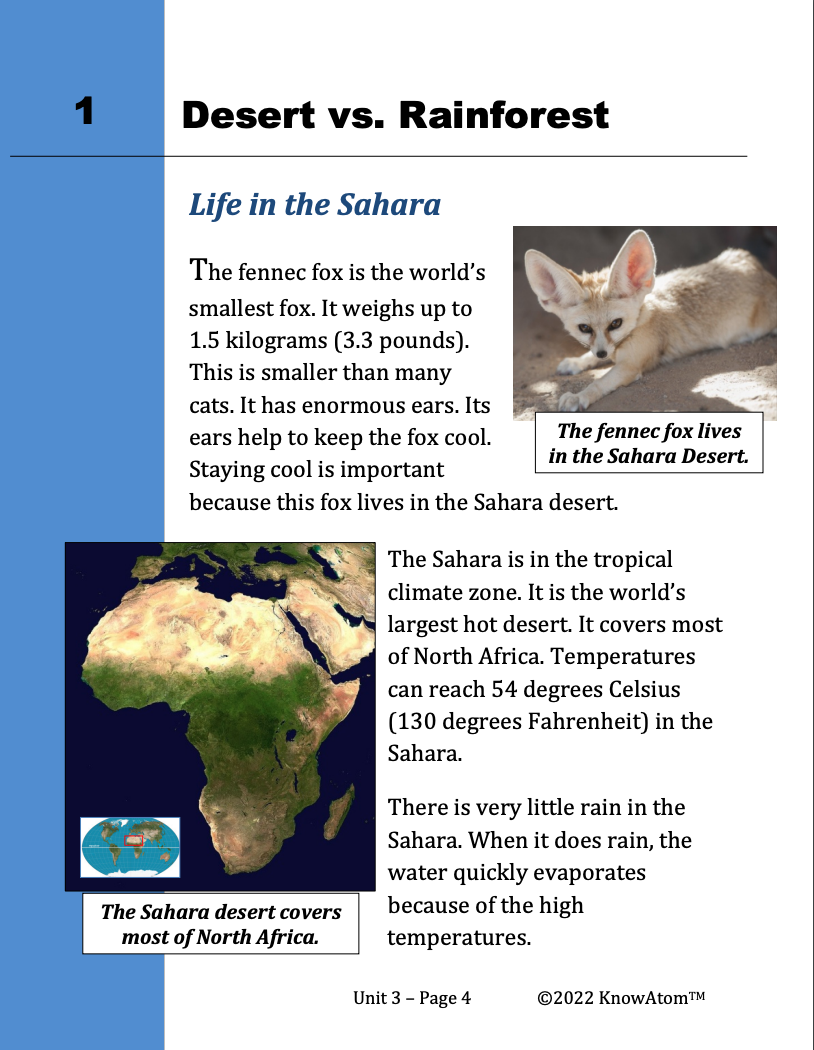
In this lesson, students evaluate the science phenomena of how organisms are affected when the environment changes. Students carry out an experiment to analyze two possible solutions that could be used to help a population of harpy eagles recover from the impacts of deforestation over time. This is a high-level extract of this lesson.
.png)
In this unit, students explore several phenomena that relate to cooking. In this lesson, students evaluate chemical reactions, and use that knowledge to engineer a prototype that transfers energy by chemical processes. This page showcases key components of this lesson.
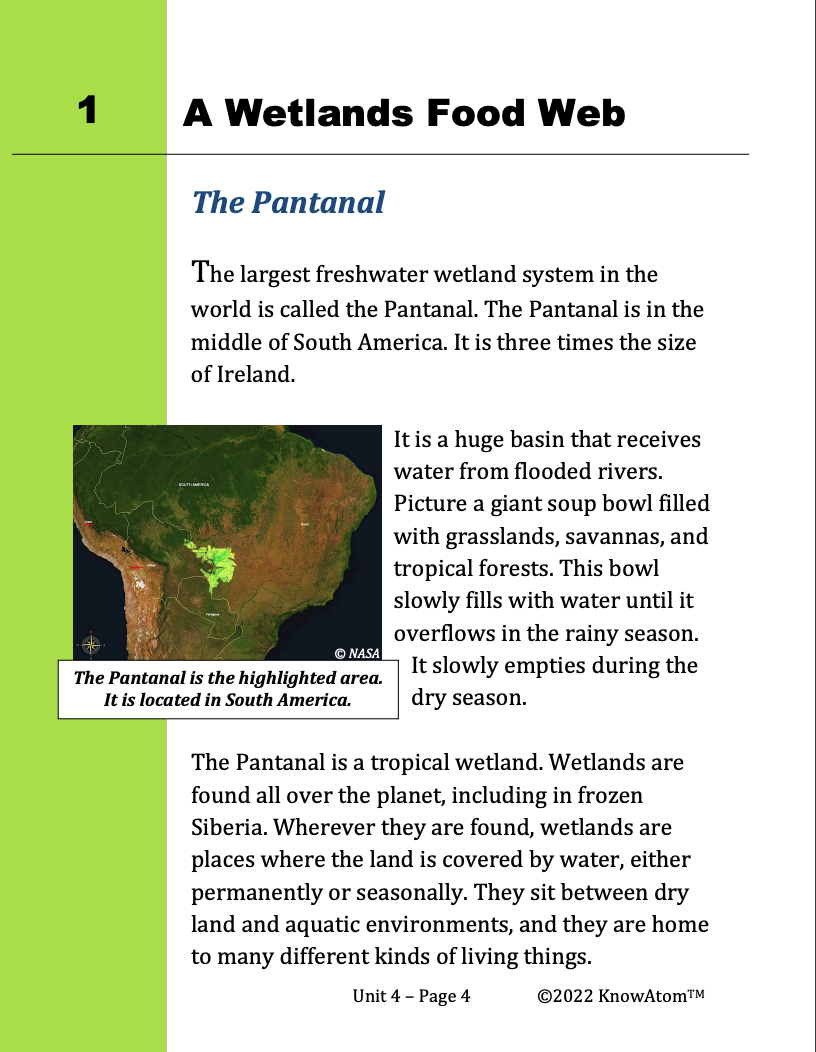
In this unit, students analyze how living things have specific structures that allow them to function in different environments. They trace how energy flows through a tropical wetland food web, and then test how temperature affects a plant’s ability to transpire through its leaves, affecting its ability to grow. This page is a high-level extract of this lesson on plant structures.
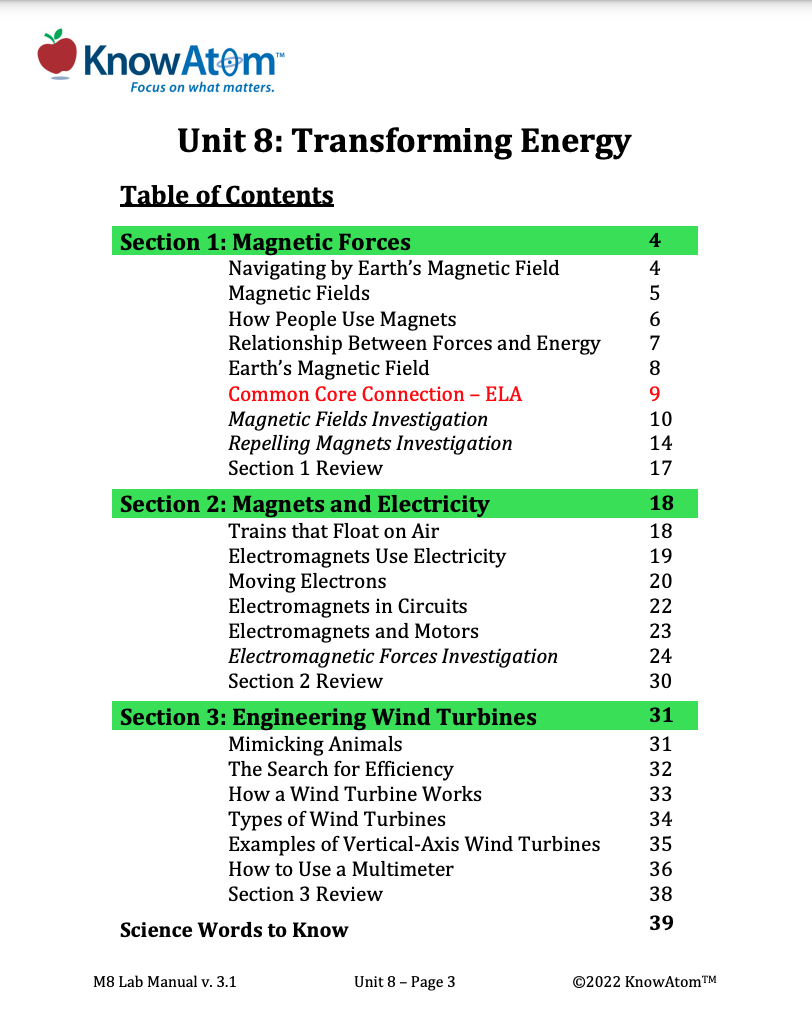
In this unit, students learn about science phenomena related to ecosystems, studying how all living things interact with and depend on other living things and the environment for survival. In this lesson, students explore how humans can create solutions to protect ecosystems by designing an engineering solution for coastal erosion.This page provides an overview of this lesson.
.png)
In this unit, students focus on interactions between the hydrosphere and the geosphere as they explore the phenomena of groundwater in human development. For this lesson, they engineer a water filtration device to treat samples of simulated polluted stormwater runoff. This page highlights key components of this lesson.
.png)
In this unit, students explore the relationship between the phenomena of forces and motion and how energy is converted from one form to another in an energy system. In this lesson, students design a vehicle that can travel over a surface on a cushion of air. This page highlights key parts of this lesson.
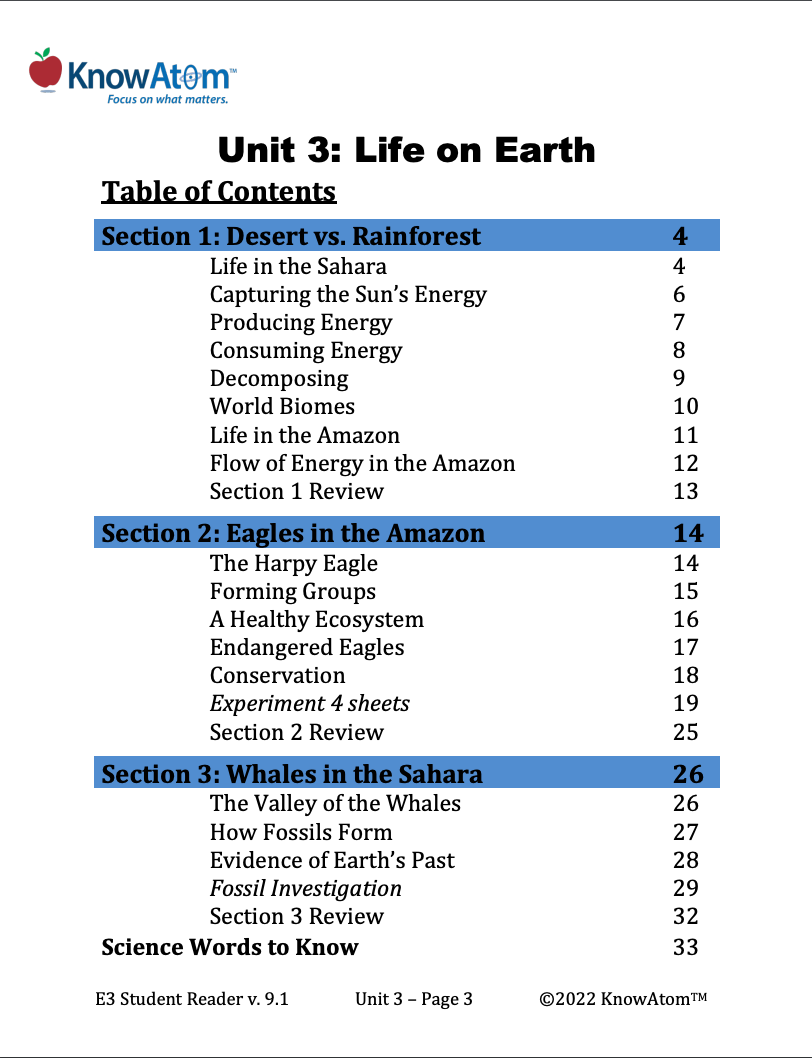
In this unit, students explore the science phenomena of the interdependence of living things and their environment as they analyze how individual organisms are suited to their particular environment. In this lesson, students evaluate how Earth’s biomes have changed over geologic time, studying fossils for clues of the past.
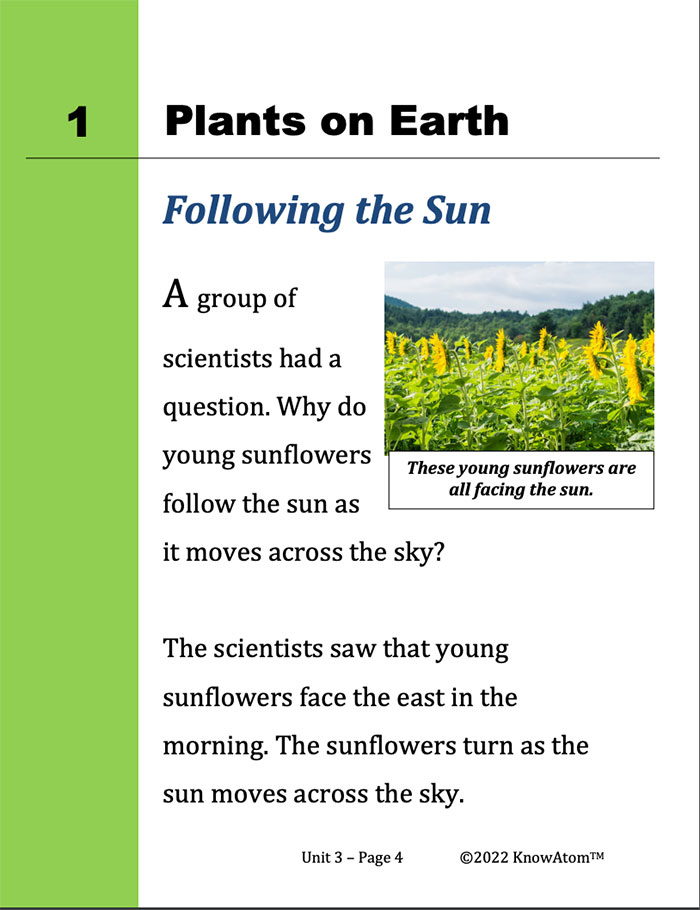
In this unit, students begin an exploration of life sciences. Once students have described the differences between living and nonliving things and analyzed what all living things need to survive, they focus on the parts of plants that help them get what they need to survive.
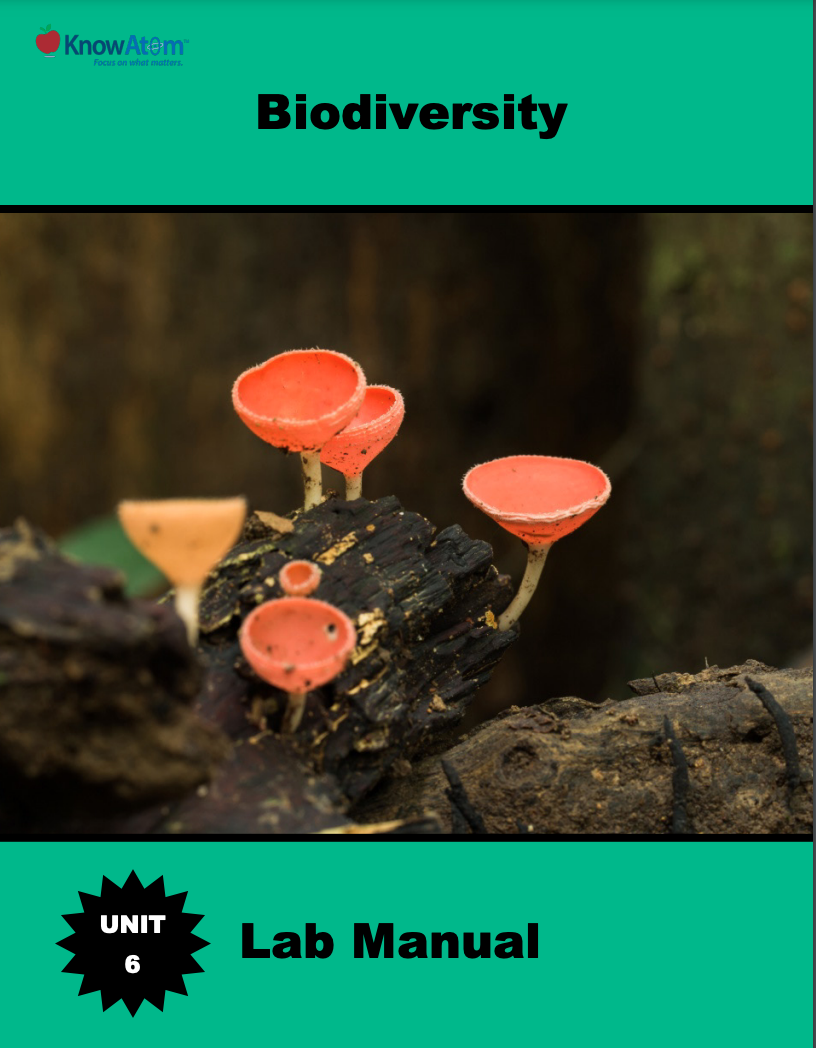
In this unit, students explore the phenomena of diversity of life on Earth and consider how living things pass on traits to their offspring while also adapting to meet the needs of the environment. In this lesson, students figure out how scientists use the fossil record for clues to how life has evolved over time. This page highlights key parts of this lesson.
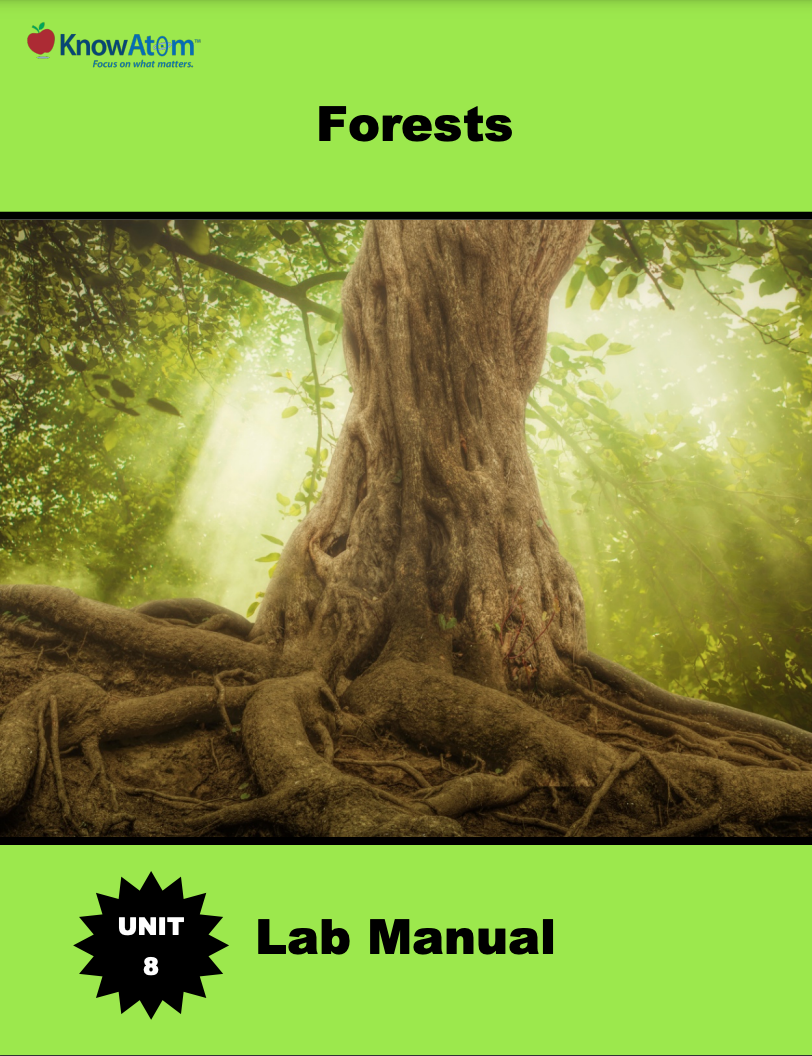
In this unit, students explore the phenomena of forest ecosystems, studying the science phenomena of interactions between living things and the environment. In this lesson, students investigate how plants carry out photosynthesis to convert the sun’s energy into a form of energy they can use to grow and develop. This page highlights key parts of this lesson.
Standards citation: NGSS Lead States. 2013. Next Generation Science Standards: For States, By States. Washington, DC: The National Academies Press. Neither WestEd nor the lead states and partners that developed the Next Generation Science Standards were involved in the production of this product, and do not endorse it.
